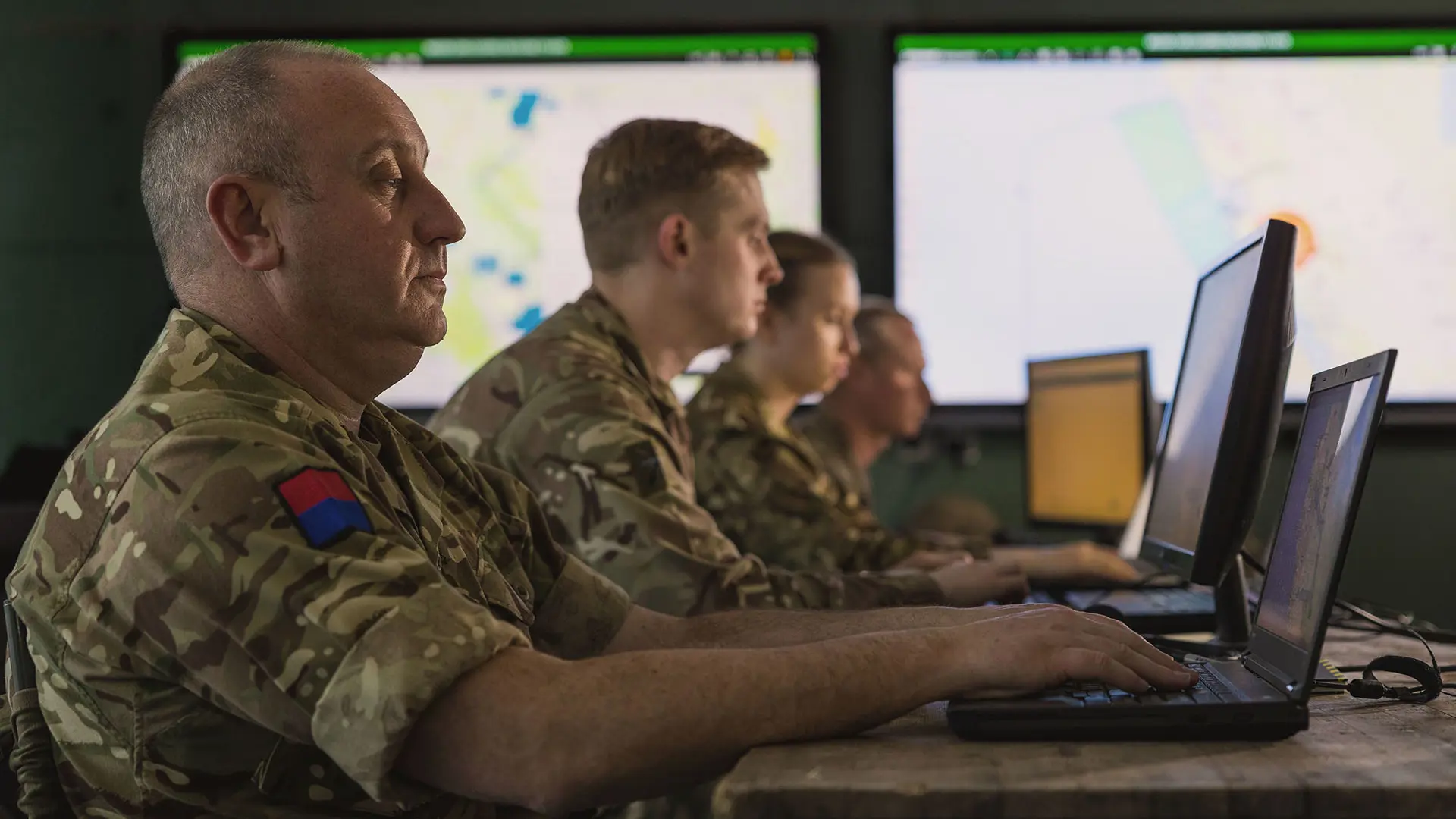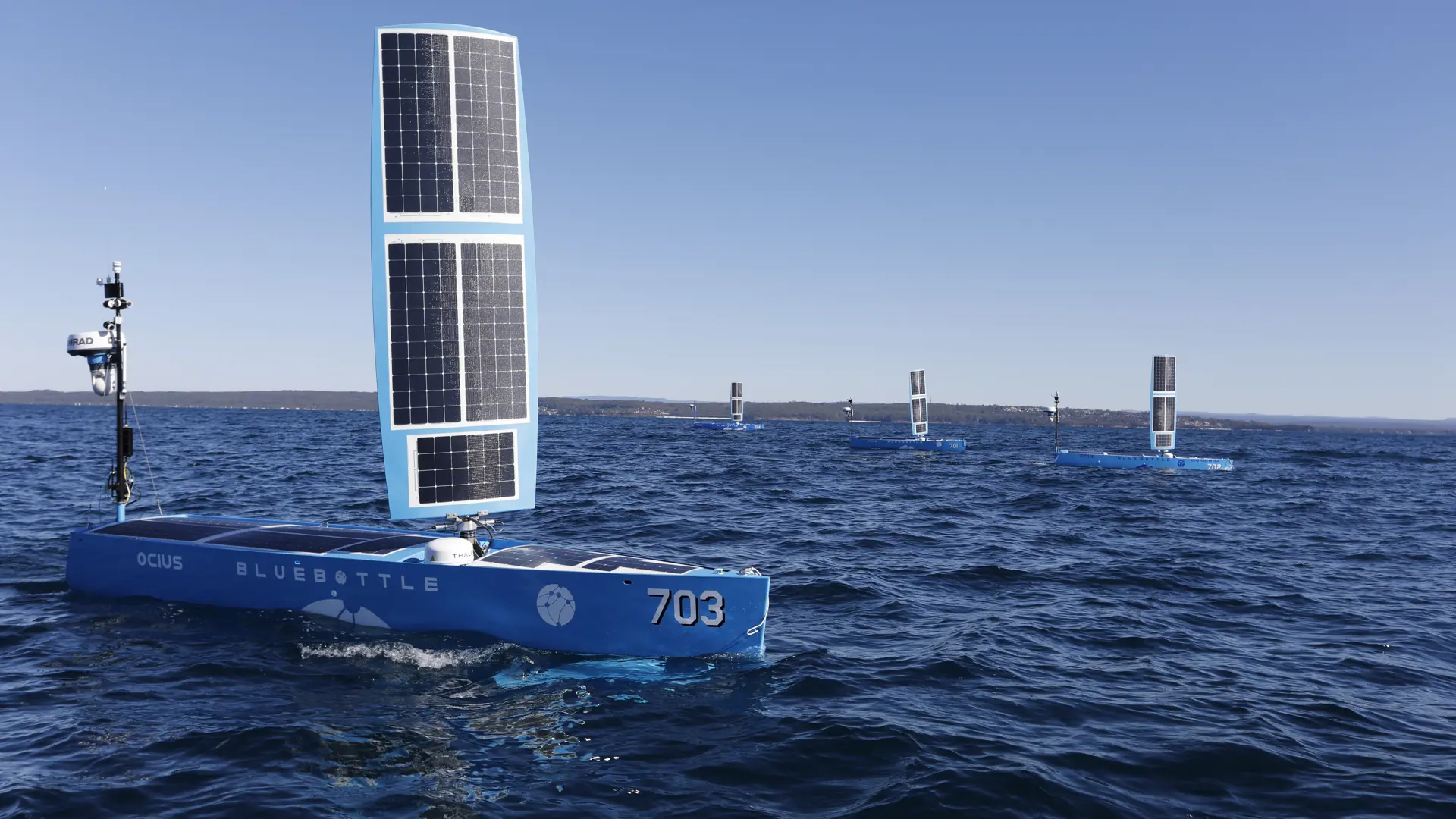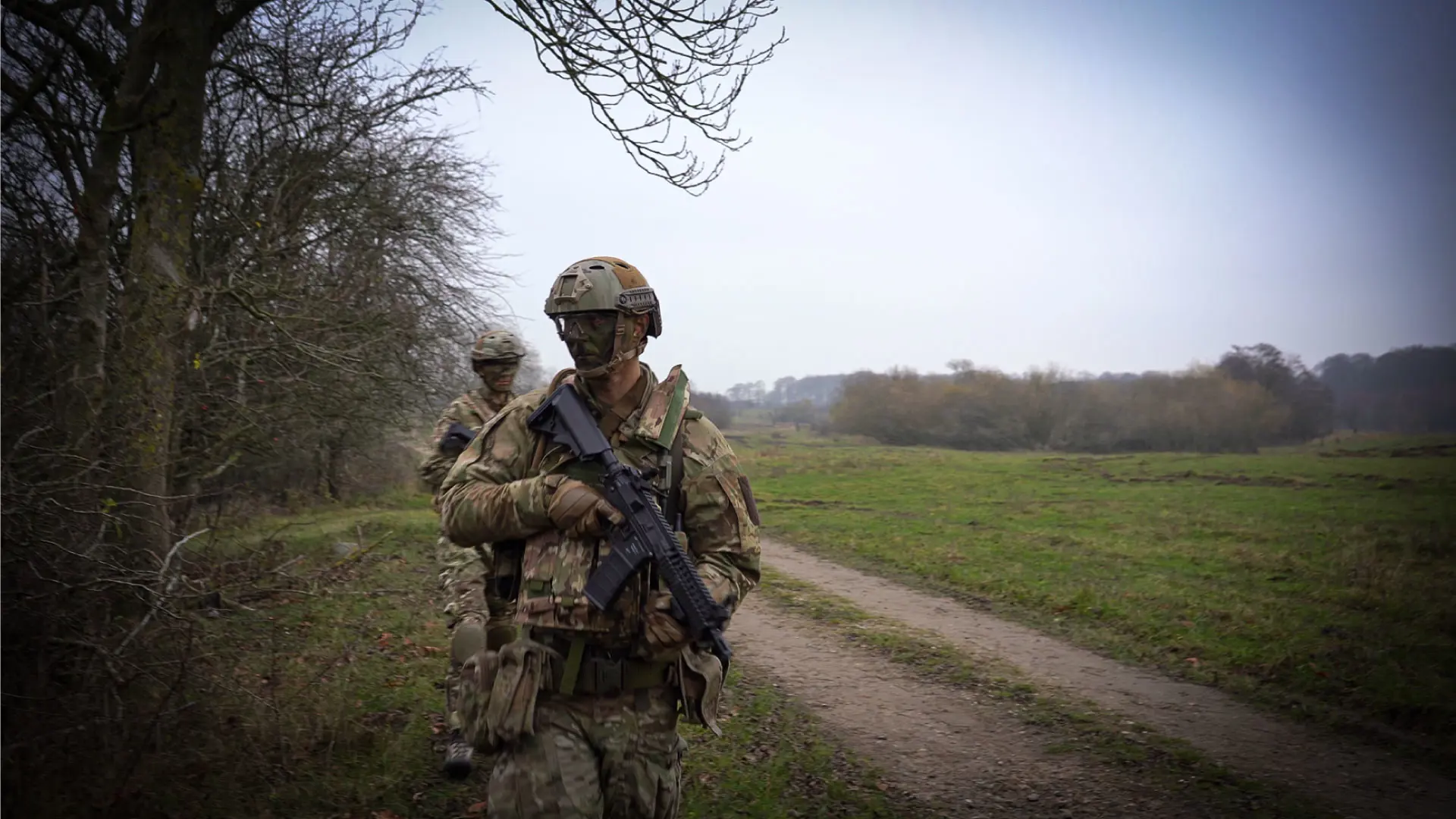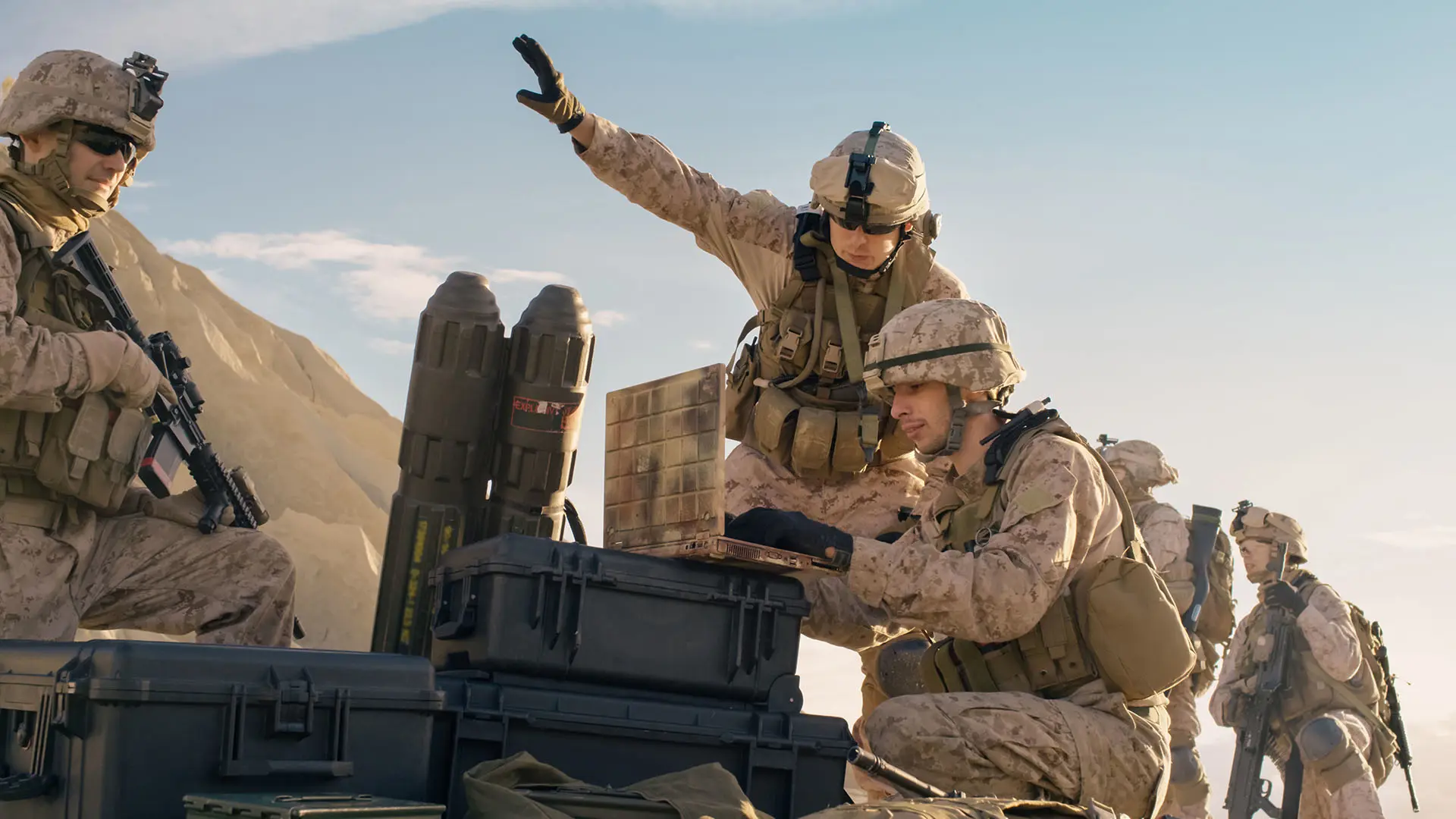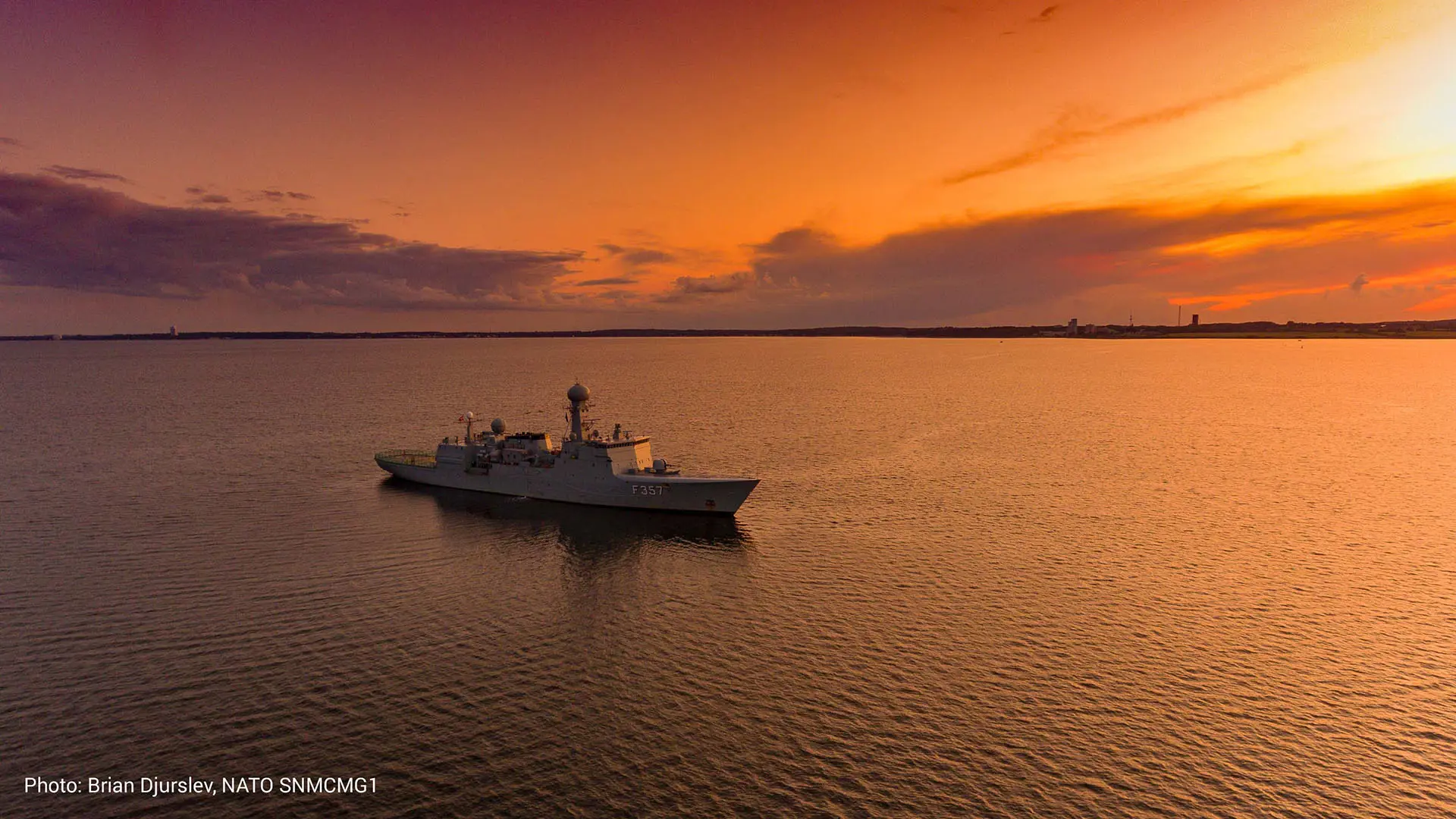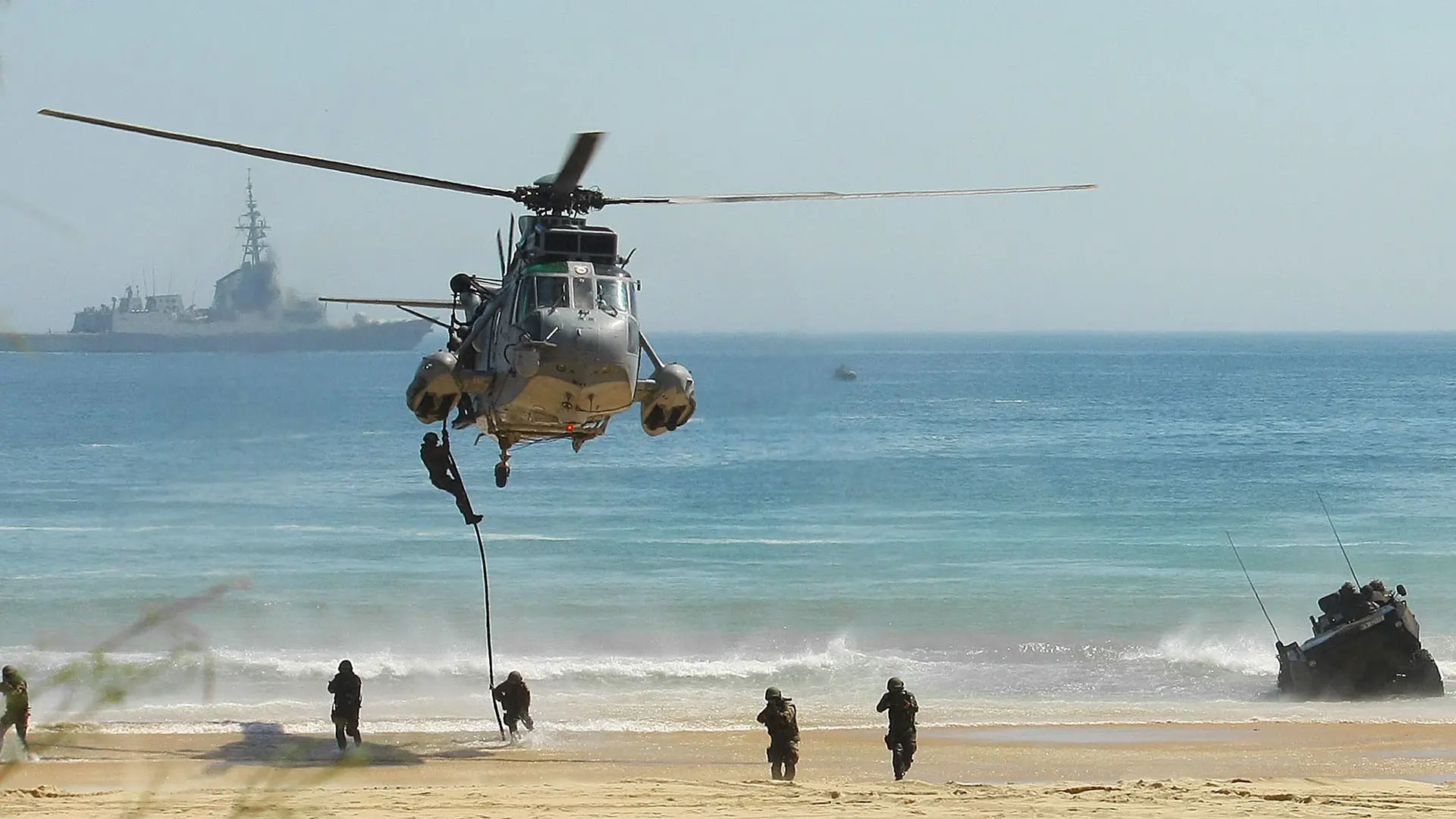Sweden and NATO: Unlocking the SitaWare advantage
Sweden has long deployed SitaWare command and control (C2) software across its armed forces, boosting situational awareness and enhancing force integration.
However, the country’s accession to NATO brings new opportunities for allied interoperability, offering crucial advantages for the Swedish Armed Forces – and the alliance as a whole.
Sweden utilises a range of SitaWare solutions. It deploys the SitaWare Headquarters C4ISR system across its services and utilises the Frontline battle management system, along with the IRIS suite, which is deployed for military messaging by the country’s navy.
Partnerships with friendly nations have been a key focus in Sweden’s use of SitaWare from the beginning. The country’s history with the C2 software dates from its 2008 leadership of the EU’s Nordic Battlegroup, when there was a need for a common C2 solution.
The Swedish Defence Material Administration (FMV) opted to acquire SitaWare, which was already in use with other members of the battlegroup.
Sweden has since expanded its use of SitaWare and IRIS, with the C2 software now used across all four branches of the country’s armed forces: the Army, Navy, Air Force and Home Guard. Since 2010 the country has adopted an enterprise-level agreement with Systematic, making it one of the leading users of SitaWare and IRIS technology.
The Swedish Armed Forces have realised significant advantages from SitaWare, improving the speed, ease and effectiveness of their communications and their ability to deliver an accurate situational awareness picture. For example, Sweden has applied the SitaWare data advantage to boost the quality of staff training and to enhance its contributions to multinational exercises.
Alliance advantages
As a new NATO member, however, the picture has changed dramatically. There are now 18 SitaWare users in the alliance, meaning more than half of NATO members deploy the software for their C2 needs. What does this mean for Sweden – and for NATO?
Interoperability is core to NATO’s operational effectiveness. At times of crisis, it ensures rapid response and cohesive action, a particular priority in today’s data-rich battlespace. This brings demands around the evolution of standard operating procedures (SOPs) – and significant opportunities. For example, NATO’s Enhanced Forward Presence 1 (eFP 1) multinational battlegroup in Tapa, Estonia began fielding SitaWare Frontline in 2018, gradually increasing its use of the system and moving away from older operating procedures, as noted by Major Mads Rasmussen of the Danish Army:
“We needed to rethink our entire SOPs because we had a new system that we had to incorporate into our way of doing things. It has been a long process, but it has been totally worth it in the context of situational awareness, how we can affect the battlefield, and especially with how we are more flexible and can do more hasty manoeuvres now.”
What will this mean in practical terms for Sweden? By joining the alliance, Swedish SitaWare users can now directly integrate their systems with those of allied nations. While Sweden has long had friendly relations with NATO states, full membership means this integration can essentially step up a notch, with direct ‘SitaWare-to-SitaWare’ communication and information-sharing. There will now be a reduced need for interoperability standards, which were required to exchange information. Instead, it can be done directly, saving a great deal of time and risk. Information can flow more freely, reducing the potential for error.
NATO and SitaWare
This will also be important as the alliance embraces SitaWare C2 capabilities at a wider level. The benefits of SitaWare for NATO have been clear for years, particularly as the alliance comes to terms with the return of peer rivalries, instead of the counterinsurgency focus of the early part of the century.
For the past decade, Systematic’s IRIS tool has served as the de facto standard when it comes to military messaging, bolstering interoperability between national systems and those of joint and coalition partners.
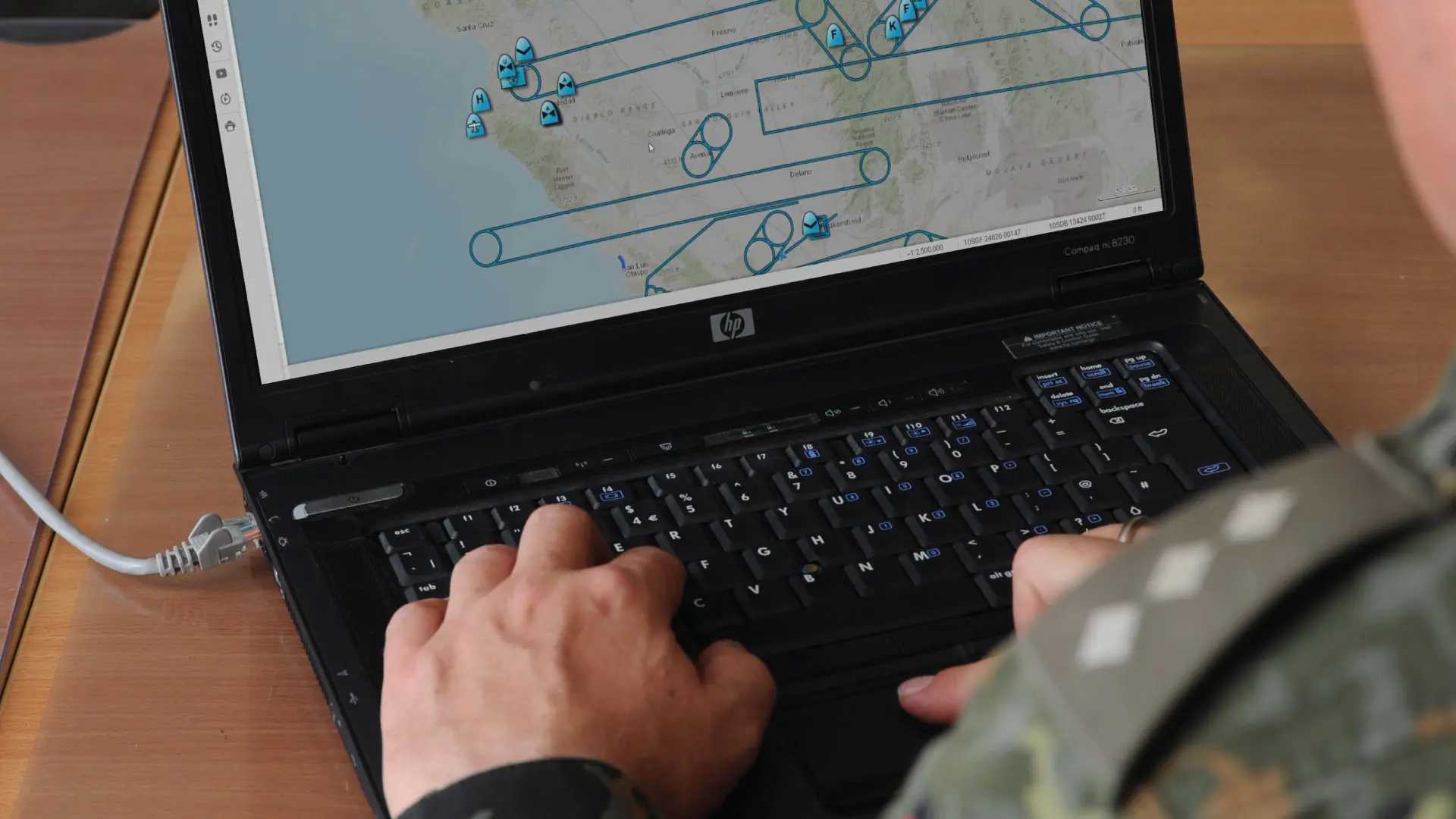
The use of Systematic products at alliance level has since expanded. In April 2024, it was revealed that NATO had selected SitaWare Headquarters for its Future Land C2 Capability (FLC2). Under the project, which is also known as ‘DEMETER’, SitaWare will provide seamless interoperability and rapid, reliable information-sharing among coalition partners.
Because it already uses SitaWare, Sweden – like the other NATO SitaWare users – can easily embrace the demands and opportunities posed by DEMETER. On a broader level, the country will seamlessly mesh with NATO counterparts, leading to greater synergy and coordination; by standardising procedures and protocols through SitaWare, it will boost its own defence capabilities and contribute to the collective strength of the alliance.
Good neighbours
Sweden’s accession to NATO will not only boost its interoperability with the wider alliance, but with neighbouring nations around the Baltic Sea: SitaWare is also deployed in Finland, Latvia, Lithuania, Germany and Denmark.
The software is also used by NATO allies from beyond the region who have a significant influence on the Baltic Sea area, including the US, the UK and Canada. Systematic is working across the alliance to prepare for a new future of increased integration, supporting the evolution of NATO procedures. This is now in focus for Sweden, which must also adapt its SOPs to the NATO standards. As an established SitaWare operator, it has key advantages as it aligns its C2 capabilities with those of the alliance, noted Joakim Brandin, Systematic’s senior manager for business development in Sweden.
“Many of the countries that gave us inputs into the development of SitaWare were NATO members at the time, so SitaWare has already been designed to support NATO procedures in a positive way,” Brandin said. “Swedish users can see the benefits of using SitaWare, which is designed for the NATO methodology.”


